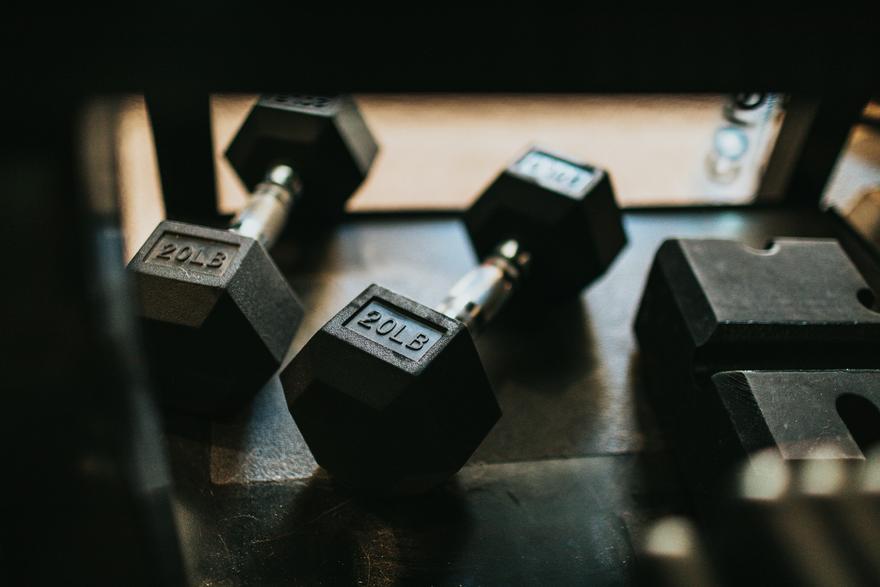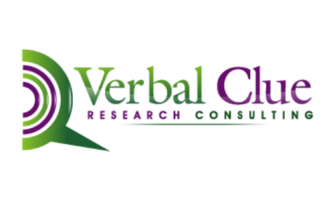
I’ve spent over two decades asking people about their health—sometimes in focus group rooms talking about new treatments, sometimes in gyms helping clients push through a workout they swore they couldn’t finish.
I’ve worked with pharma companies. I’ve run wellness businesses. And now, back in the qualitative research world full-time, I see something really clearly: pharma and fitness are chasing the same goal—helping people change their behavior.
The problem? They’re working in silos.
Pharma talks about compliance and adherence. Fitness talks about motivation and community. Different language, same challenge: closing the gap between what people intend to do and what they actually do.
It’s time these two worlds swapped notes.
Lesson 1: Behavior Change is About Invitation, Not Instruction
In pharma, behavior change usually means better adherence—more refills, fewer missed doses. The approach often focuses on reminders, education, or simplifying regimens.
Those are important. But they miss something.
Fitness brands understand that people don’t stick with something just because they’re told it’s good for them. They stick with it because they feel seen, supported, and successful. It’s the spin instructor who remembers your name. The trainer who celebrates your first push-up. The app that sends a “way to go” after your third workout this week.
Pharma could do more of that—help patients see their treatment as part of who they are, not just what they have to do.
Lesson 2: Make the “Yes” Easy
When I ran my wellness businesses, I learned how much mental energy it takes for someone to show up. It’s not just about blocking the time—it’s negotiating with your own self-doubt, fatigue, and priorities.
Fitness brands have gotten really good at lowering the barriers: easy-to-use apps, streak tracking, quick wins, nudges that feel encouraging instead of nagging.
Pharma? Often the opposite. The patient journey can be full of friction: complicated onboarding, confusing instructions, inconsistent follow-up. For someone newly diagnosed, even picking up a prescription can feel like climbing a mountain.
One of the simplest lessons from fitness: reduce the friction. Make it easier to say yes, and then keep saying yes.
Lesson 3: Wellness Could Borrow Some Rigor
The wellness industry is fantastic at creativity, personalization, and inspiring change. But sometimes it leans too much on anecdotes over evidence. That’s where pharma shines—with trials, validated measures, and transparent communication about risks and benefits.
Fitness apps track workouts, moods, and habits—but often without meaningful measurement tools. What if they borrowed from pharma’s playbook? Imagine using validated behavior change scales or real biometric data to show impact.
And just like pharma discloses side effects, wellness could be more upfront about things like injury risk, overtraining, or supplement interactions. That kind of honesty builds trust—and trust keeps people engaged.
Lesson 4: The Whole Human Approach
The real magic happens when you combine the strengths of both industries: evidence-based solutions that also tap into emotion, identity, and motivation.
In my research now, I bring both perspectives. In pharma studies, I don’t just ask about symptoms—I explore readiness for change, confidence, and self-perception. In wellness projects, I challenge brands to think about health literacy, inclusion, and long-term sustainability.
Behavior change isn’t just about bodies—it’s about brains and beliefs too.
Takeaways
If you’re in pharma:
- Celebrate small wins, not just outcomes.
- Use identity-based messaging (“I’m someone who takes care of my health”)
- Build community—let patients connect with others on the same journey.
- Borrow from coaching—motivational interviewing, not just instructions.
If you’re in fitness:
- Ground your claims in credible data.
- Be transparent about risks and limitations.
- Measure impact with validated tools.
- Design for everyone, not just your ideal customer profile.
Concluding Summary:
Pharma and fitness are both in the business of helping people follow through. Each has tools the other could use.
When we combine the science of pharma with the emotional intelligence of fitness, we don’t just get better programs and products—we get better outcomes for real people.
And that’s worth showing up for.
Judithe is a qualitative research consultant and founder of Verbal Clue, specializing in uncovering the human insights that drive health and wellness decisions. With 20+ years of experience in pharmaceutical research and several years running boutique wellness businesses, she blends scientific rigor with motivational know-how to help brands inspire real behavior change. When she’s not moderating or coaching, you may find her teaching group fitness classes and finding new ways to get people moving—body, mind, and heart.

Comments